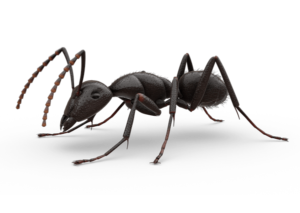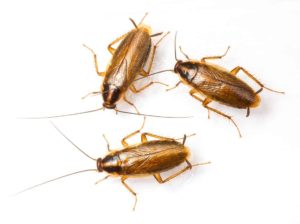Ants
Ants usually nest in ground but, create pathways through foundations, wall openings and cracks to pull under kitchen and food storage areas. There are many different species of ants. Any licensed pest control expert is the most effective way to get rid of an ant infestation. Our ant exterminators can identify your specific ant problem and find the best way to control them.
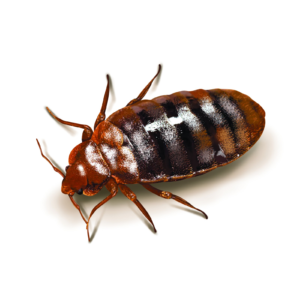 Bed-Bugs
Bed-Bugs
Bed bugs are flat and oval. These are reddish brown bugs that are usually less than 7 mm long, slender antennae, thin legs and vestigial wings in the form of stubs. They are found in human habitation, particularly bedrooms and feed upon human blood. They can survive up to a year without feeding.
 Bees
Bees
Bees pollinate fruit trees, plants and flowers to make honey to feed the colony. Bees can create a hive or swam in a rafter, shed, tree or bush. Be stings can be deadly to infants, the elderly and persons allergic to bee venom.
 Beetles
Beetles
Beetles live almost everywhere in the planet. Their size ranges from a microscopic 1 millimeter to a gigantic 7 inches. There are over 350,000 Beetle species but the most common ones you will find at inside your home are the Carpet Beetles. You can also find other Beetles in your garden like the Potato Beetle and Black Ground Beetles. Identifying the type of Beetle and treating the infested area is paramount.
 Box Elder Bug
Box Elder Bug
The Box Elder Bug is a nuisance type of pest. Just like many pests Box Elder Bugs invade your home during colder months. They can multiply very quickly since they are not very attractive for other predators due to their odor and foul flavor to them. Box Elder Bugs can damage fruit trees such as peaches, nectarines, apples and figs though; their main host is the Box Elder Tree.
 Crickets
Crickets
Crickets love the areas in your home where they are less disturbed. In areas like basements and attics you can find the more mature crickets. The real problem is the spider population they attract into your home. Crickets also damage your insulation by eating it.
 Earwigs
Earwigs
Their rear pincers is a characteristic feature that stands out from the Earwig. Earwigs are seasonal home invaders and can become a pest and a hassle very quickly. They are harmless to humans but they will attract other predators into your home such as Snails and Scorpions.
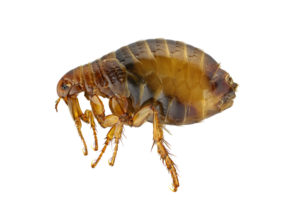 Fleas
Fleas
Understanding the flea’s life cycle is key, to exterminate them. It goes from an egg, to larvae, to pupa, to an adult. An adult flea can live from 7 to 10 days. They can lay a total of 500 eggs during their lifetime. Many focus on exterminating the adult fleas, when the main focus should be exterminating the entire life cycle.
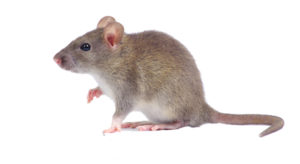 Mice
Mice
The most common type of mouse is the “house mouse” (Mus musculus). House mice are dangerous and destructive pests. They can crawl into a hole as small as a finger. They are known to carry bacteria and transmit diseases and viruses. Mice feces and urine can contaminate kitchens, tables, beds and food. If you see a mouse in your house there is likely a family nesting in your home.
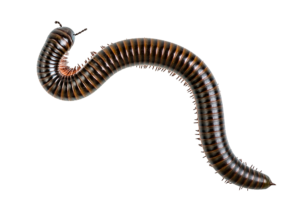 Millipedes
Millipedes
Millipedes are known for having two pairs of jointed legs in each segment of their body. They are found in damp places around your home. Usually underneath decaying leaves and mulch. They can come in your house during the dry seasons as they look for damper environments. Some Millipedes can irritate human skin causing irritation, blisters and pain. This is also known as the Millipede Burn.
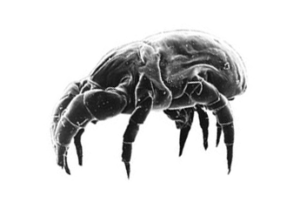 Mites
Mites
Mites are microscopic eight legged creatures. They are relatives of Spiders and not insects. Some Mites like Dust Mites create allergic reaction to humans and pets. Typical areas where you find them in your home are carpeting and in your bedroom. They survive by eating dead skin cells.
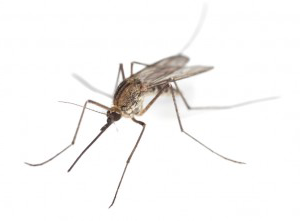 Mosquitoes
Mosquitoes
Mosquitoes are found in all parts of the world. They are responsible for transmitting diseases such as dengue, yellow fever, malaria, encephalitis and filariasis. Mosquito eggs are laid in areas where there’ll be water when flooded and on calm water surfaces. A good temporary way to protect your home is sealing all windows and closing all doors. For best results we will attack the larvae stage and adult stage with the appropriate application.
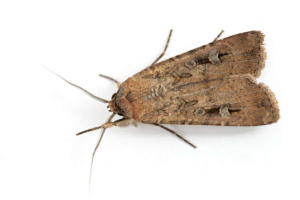 Moths
Moths
The Indian Meal Moth, the most common pest when it comes to kitchens and pantries. They’ll make their way to your kitchen from outdoors or purchased food goods. Moths easily spread to other storage dried foods. They can go from egg to larvae to pupa to adult all in sealed packaged food. In food areas where Moths are found, almost every single food item could be contaminated.
 Rats
Rats
Rats are aggressive rodents that can grow up to 20 inches from nose to tail. They can crawl into a hole as small as 1”. Rats seek food and shelter in your home and will make their way into your home by ripping through air ducts, drywall, electrical wires and insulation. Just like mice they can transmit many diseases like Salmonella and Leptospirosis. Rats are destructive pests.
Roaches
Heat and moisture is the perfect oasis for roaches. With these optimal conditions their population will soar and attract other insects. Roaches are cold-blooded insects and can live without food for one month but, will only survive one week without water.
 Silverfish
Silverfish
Silverfish hide in dark areas in your home like garage, bathroom, in between walls and bookshelves. Silverfish eat sugar, cereal, bookbinding and certain kind of fabrics. They can also live approximately 300 days without eating. They attract predators like spiders and scorpions.
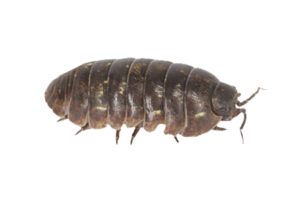 Sowbugs
Sowbugs
Sow Bugs are not insects at all. They are actually crustaceans. They are more relatable to shrimps, lobsters and crayfish. Therefore they are found in dark moist places. Sowbugs damage potted areas plants and other vegetation. Indoor infestations are caused by nearby outdoor infestations.
 Spiders
Spiders
Spiders are no different than other living creatures. Spiders will move into your home as soon as temperatures drop. Your home provides the warmth spiders are looking for to lay their eggs. Eventually this problem becomes an infestation.
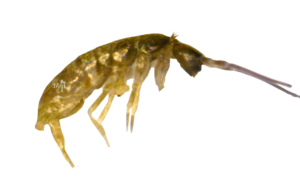 Springtails
Springtails
Springtails feed off algae, fungi, mold and mildew. They require areas with moisture to survive. Identifying Springtails is important to exterminate them. Most people confuse them with Fleas because they are small and jump high. Springtails come in white, brown and black colors. Unlike Fleas, Springtails have small antennae. Their colonies can grow up to one thousand Springtails.
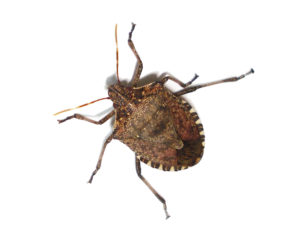 Stinkbugs
Stinkbugs
Stink Bugs will seek shelter as soon as the first day of autumn hits. They will come in through the attic, loose places around your window air conditioning or shutters and sidings. Squishing a Stinkbug will trigger their unique defense mechanism that will emit a foul odor. Stinkbugs don’t have many predators and it is the main reason why they have become a pest around the world.
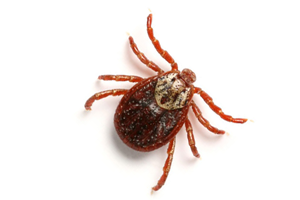 Ticks
Ticks
Ticks are blood-sucking parasites that attach themselves to their hosts. While they’re attached they feed of the hosts blood and engorge. Ticks are ideal carrier for many blood born diseases such as Rocky Mountain Spotted Fever, Lyme Disease and Ehrlichiosis. A tick infested environment not only put pets at risk but also their owners.
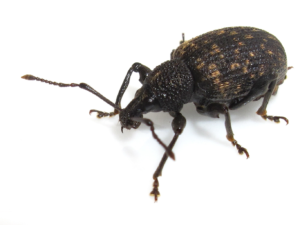 Weevils
Weevils
Weevils larval or grub stage can attack plant roots around your home. Weevils will enter your home during summer and fall. You can find these pests crawling around your home floors and in hidden places like carpets, moldings, and kitchen cabinets. Treatment for Weevils is focused in the outdoors since Weevils originate out of doors. Exterminating them during their larval stage is crucial.

